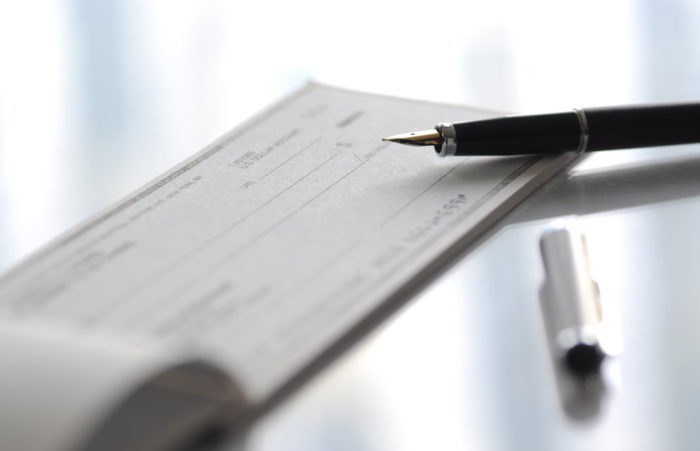Year-end tax planning 2016
Tax planning, using available reliefs and allowances, can result in more money in your pocket, it just requires a little thought and timely action.
If you are married ensure you both use your respective personal income tax allowances. If a spouse has insufficient income to use their £11,000 allowance, think about putting income generating assets in their name.
If neither of you pay the higher or additional rate of income tax, one of you can transfer 10% of their personal allowance to the other, saving tax of up to £220 per annum.
For high earners, earnings over £100,000 result in the personal income tax allowance being reduced by £1 for every £2 of income over this amount – this results in an effective top rate of income tax on income between £100,000 and £122,000 of 60%. Strategies that reduce taxable income can save significant amounts of tax e.g. making pension contributions, charitable donations or transferring income yielding assets into a spouse’s name.
The first £5,000 of dividend income is tax-free, if you have investments or run your own business, ensure you take advantage of this allowance.
The personal savings allowance (£1,000 for basic rate taxpayers, £500 for higher rate tax payers – nil for additional rate taxpayers) allows interest up to these amounts to be tax-free.
Increase your tax-free savings by using your annual Individual Savings Account (ISA) allowance (£15,240). If you don’t use it, you lose it – it cannot be carried forward to future years.
Tax relievable pension contributions reduce your income tax liability (and could reduce your high income child benefit tax charge if applicable). The standard allowance is £40,000 (plus any unused amounts form the previous three years), subject to the extent of your annual earnings. This is reduced for those with “adjusted” income of over £150,000 or “threshold” income of over £100,000 or for those who have flexibly accessed their pension savings and taken a taxable withdrawal, not using the “small pots” allowance (this area of financial planning is particularly complicated and professional advice is best sought).
Generate tax-free income from renting out a spare room and use rent-a-room relief which was increased to £7,500 per annum from 5th April 2016.
Use your annual capital gains exemption (including for minor children) which is £11,100 for the 2016/17 tax year. This allowance is often used in respect of shareholdings, but selling and reacquiring the same shares within 30 days loses the benefit of a disposal that utilised this annual allowance.
Qualifying investments of up to £200,000 for Venture Capital Trusts (VCTs) and £1M for Enterprise Investment Schemes (EISs) attract tax relief of 30% and tax provides tax free capital gains if held for a minimum term – seed EISs offer tax relief of 50%. These investment are high risk and advice from an appropriately qualified independent adviser is recommended.
Author: Paul Newton FPFS, CertPFS (DM & Securities), STEP Affiliate, CertPMI is a Chartered Financial Planner for Castlegate Financial Management Limited, a firm of Independent Financial Advisers, authorised and regulated by the Financial Conduct Authority. 8 Castlegate Grantham Lincolnshire. 01476 591022. This article is for information purposes only and does not constitute financial advice which should be sought before any action taken.












